Until now, Luca Guadagnino hadn’t fully proved himself to be a great filmmaker. At best, a good maker, a disciple of Bava and Argento rather than Ferreri, rather diligent. A director who excels more in the small provocation, in the giallo, than in the great work of art, like his rather interesting Suspiria remake, which included some refreshingly good ideas.
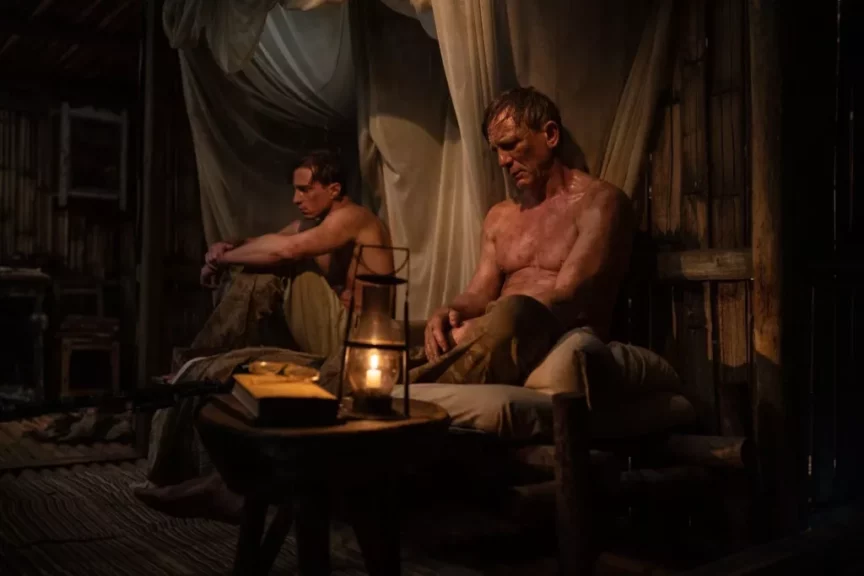
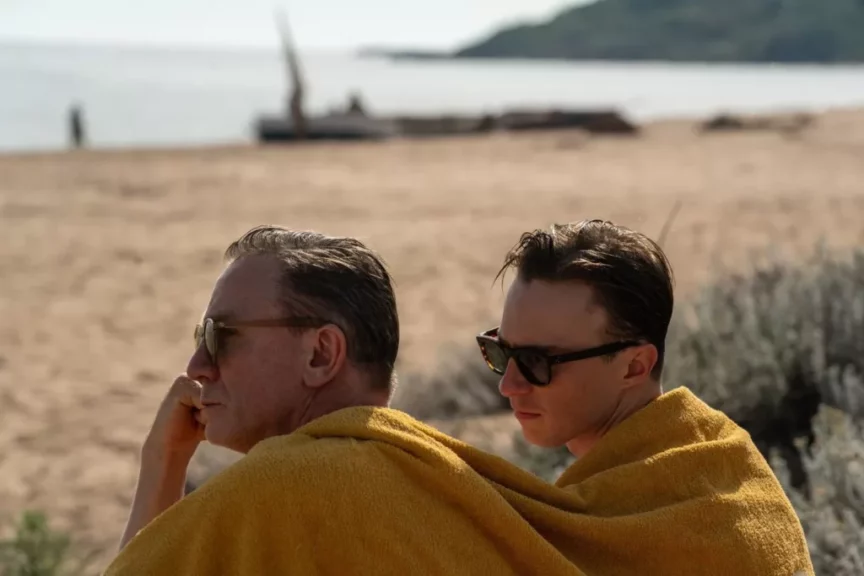
With Queer, he takes on the interesting project of adapting a story by S. Burrough for the screen. The exercise demands application, imagination and mastery of his art, for the very essence lies in aesthetics, that famous atmosphere which is entirely worth the subject. The beginning of the film is disconcerting for several reasons. The first, narrative, probably linked to the original story, gives very few clues as to the identity and deep motivations of the main character whose footsteps we follow, sometimes – and this is the second reason – against a backdrop of Nirvana or Prince. Disconcerting, and not necessarily in the best taste, summoning up very 90s-tinged effluvia when the story seems to take place much more in the 60s. The first part of the film stretches out more than it should, and from both a cinematic and narrative point of view, a repetitive pattern is established, without this repetition (in the style of a new novel) including any variants or small details that would reinforce the overall impression. At this point, i.e. for the whole of the film’s first hour, we don’t really understand why Guadagnino has sought to take up this challenge, so much so that his own cinema here seems constrained, impeded, or would sound false if he were to let go of the snippet.
Having said that, we can take some satisfaction from this first part, starting with the interesting direction of the actors, who radically transform (and almost rebirth as an actor) Daniel Craig, in a garb and posture that stand in stark contrast to the high-class 007 ). This very Bukowskian role (we’re reminded of Ferreri‘s Tales of Ordinary Madness) allows him to completely break with the stereotype, and gives him an acting space that he uses to marvelous effect, giving body to his character in a story where the body, whether we’re talking about its wear and tear or its beauty, plays an essential role. Another good point is the sobriety of the approach, particularly with regard to the sets, which familiarize the viewer with a few repulsive interiors, and a few equally filthy streets, all at once the stake and the consequence of the life choices of these few men more or less adrift, more or less in transit, more or less waiting for a future or immediate pleasure, in a Mexico that is both refuge and hideout.
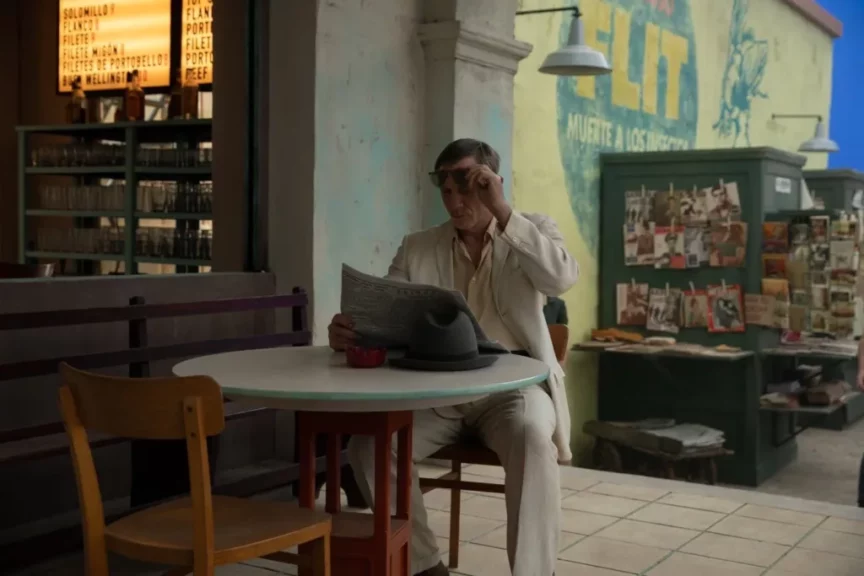
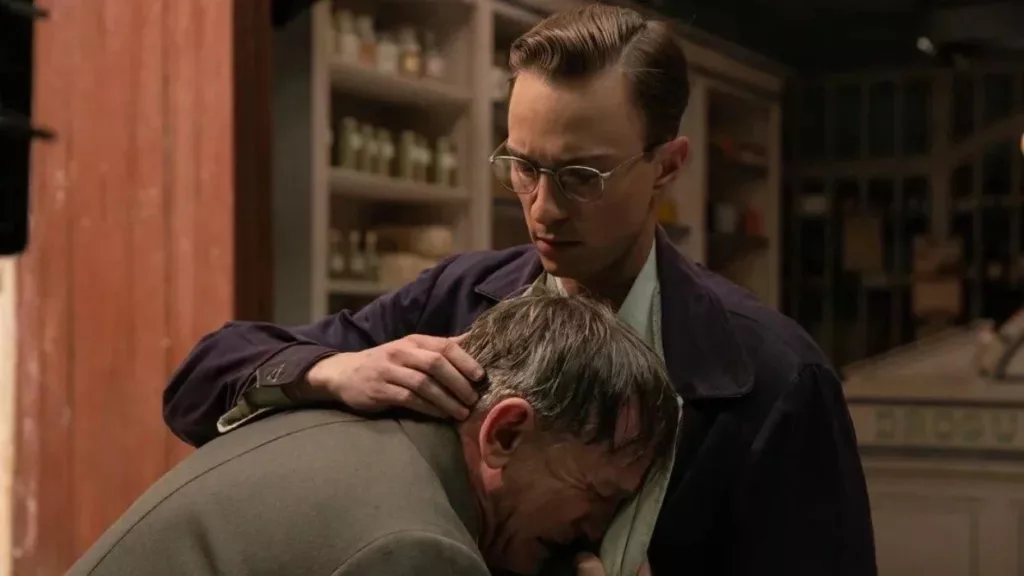
Since the characters’ motivations are not immediately obvious, we can still imagine that Queer will turn out to be an espionage story, a bit like what Claire Denis recently proposed, with great care and perfectionism, in Stars at noon. But the story’s development will take us resolutely elsewhere, bringing with it an element of geographical disorientation (we travel all over South America), but also an elsewhere where bodily issues and desires will be less thwarted, more explicit, and will gradually give way to another issue, that of spiritual escape: the search for transhumance, for a spiritual way out, a death drive that goes hand in hand with a highly thwarted life drive. The aging man doesn’t navigate by sight; he knows exactly where life has taken him, what it has given him, and where it’s taking him. He has few illusions about what is real, and the young man he has fallen in love with, who nourishes his desire, cannot bring him a reciprocity of feeling that would take him back to a bygone youth. Illusion must satisfy him. But his addictions catch up with him, and the motive for this great journey is revealed, as is Guadagnino‘s intention to finally get closer to psychedelia and sensory hallucinations. It’s an intention that’s more in keeping with Guadagnino‘s assertion of himself as a visual filmmaker, culminating in a lovely fusion scene that would certainly not have displeased Cronenberg. Having come full circle, the story returns to where it began, leaving us with him on what in every sense seemed to be the platform of departure and arrival.

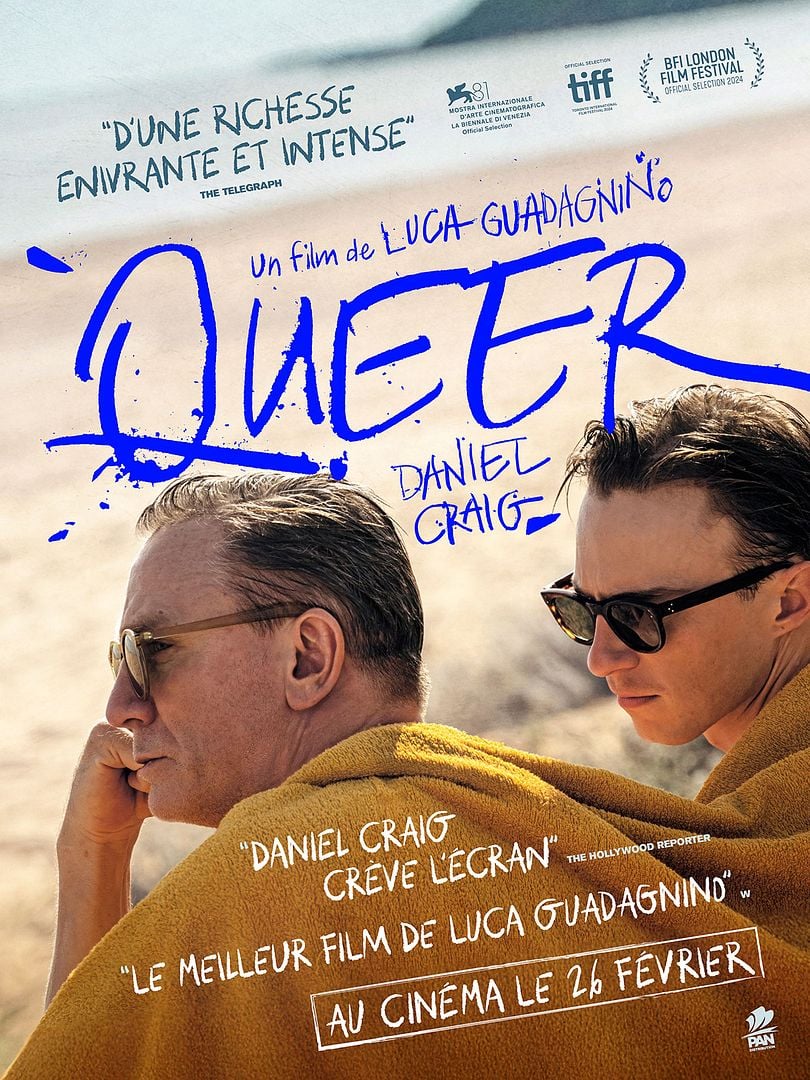
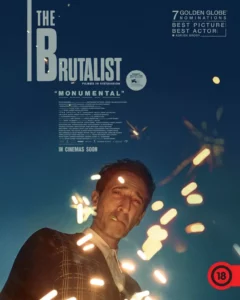
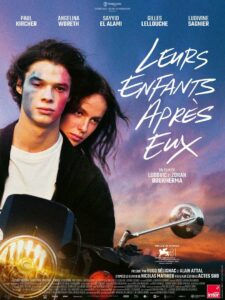
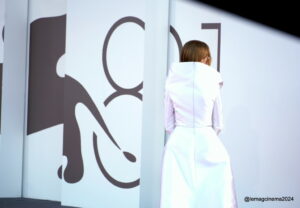
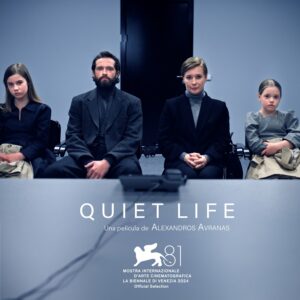
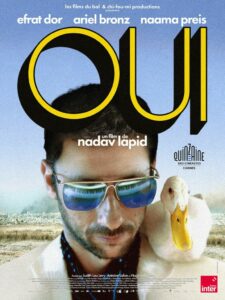
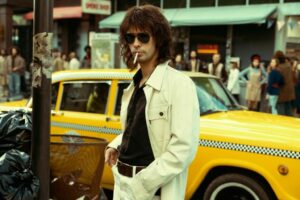
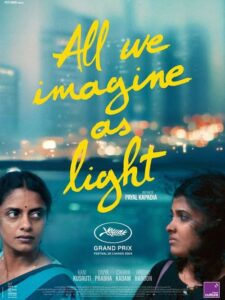
Be First to Comment